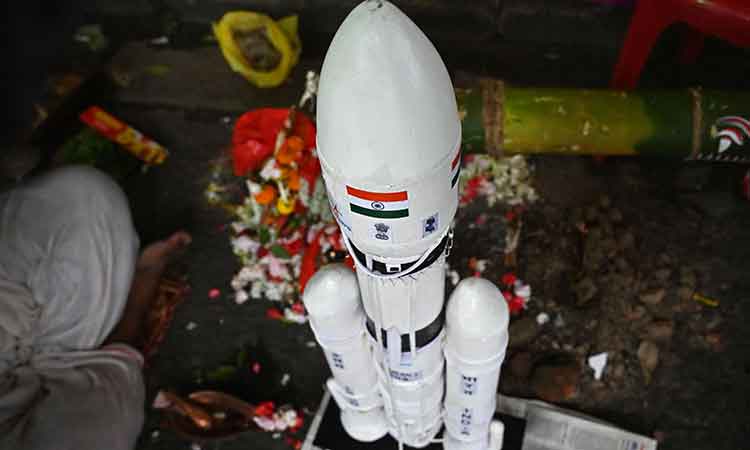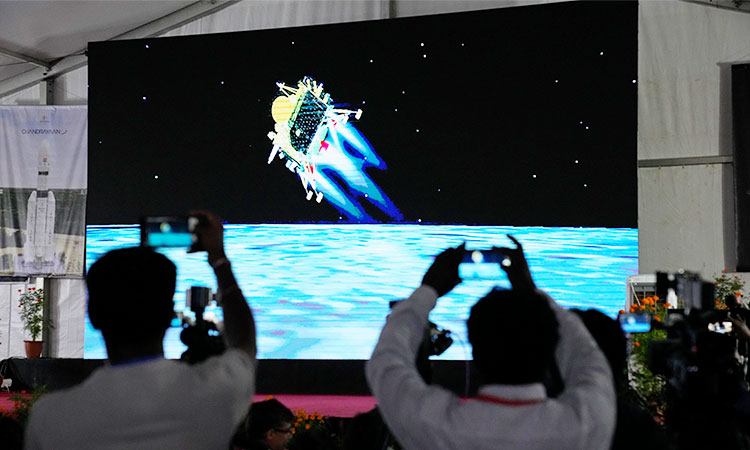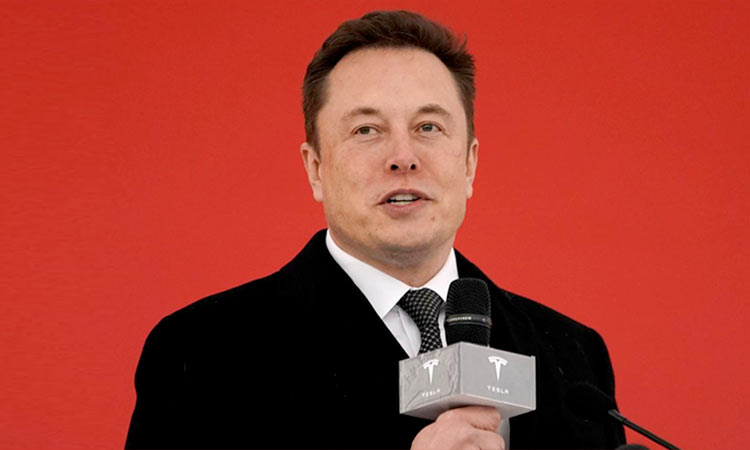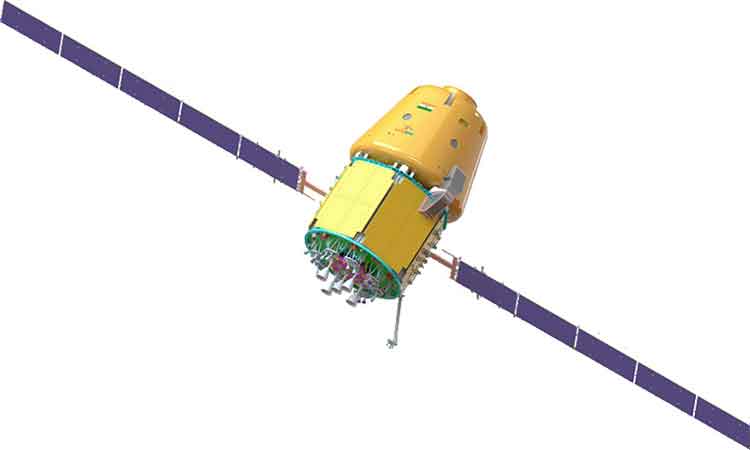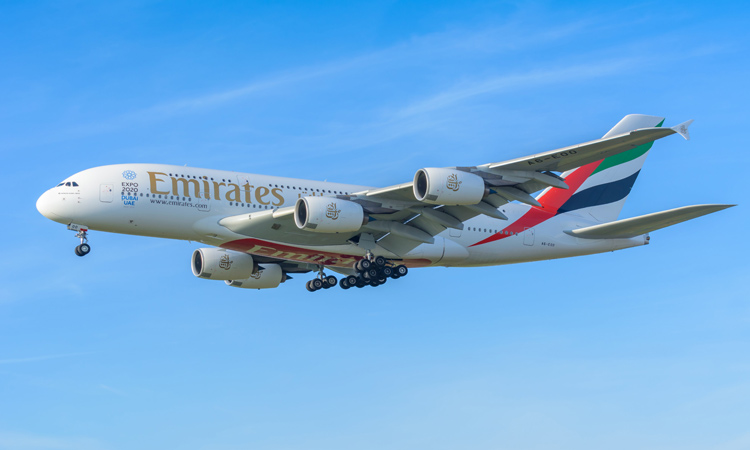Moon landing anticipation builds for India after Russia’s crash

Students with painted faces surround a replica of the Chandrayaan-3 spacecraft in Chennai on Tuesday. AFP
Gulf Today Report
India's space agency on Monday released images its spacecraft took of the far side of the moon as it headed for an attempted landing on the lunar south pole, just days after the failure of a Russian lander.
The Indian Space Research Organisation's (ISRO) Chandrayaan-3 spacecraft had been in a race with Russia to be the first to land on the lunar south pole, a region whose shadowed craters are thought to contain water ice that could support a future moon settlement.
ISRO's Chandrayaan-3 mission is on track for an attempted landing on Wednesday, the space agency has said. A previous Indian mission failed in 2019 to safely land near the area targeted by Chandrayaan-3.
As news of the failure of Russia's Luna-25 mission broke on Sunday, ISRO said that chandrayaan-3 was on course to land on Aug. 23.
All systems on the spacecraft are working "perfectly" and no contingencies are anticipated on the landing day, the space agency said on Monday.
The mission — Chandrayaan means "moon vehicle" in Hindi and Sanskrit — is India's second attempt to land on the south pole of the moon. In 2019, ISRO's chandrayaan-2 mission successfully deployed an orbiter but its lander crashed.
Rough terrain makes a south pole landing difficult, but making a first landing would be historic. The region's water ice could supply fuel, oxygen and drinking water for future missions.
A Hindu priest performs a special prayer for the success of the Chandrayaan-3 mission. AFP
Images released on Monday showed craters on the moon's surface captured by the ISRO craft's Lander Hazard Detection and Avoidance Camera, which is designed to help find a safe landing location for the spacecraft.
India's moon mission blasted off on July 14, and the lander module of Chandrayaan-3 separated from the propulsion module last week.
For India, a successful moon landing would mark its emergence as a space power as Prime Minister Narendra Modi's government looks to spur investment in private space launches and related satellite-based businesses.
"If Chandrayaan-3 succeeds, it will boost India's space agency's reputation worldwide. It will show that India is becoming a key player in space exploration," said Manish Purohit, a former ISRO scientist.
It would also boost India's reputation for cost-competitive space engineering. The Chandrayaan-3 was launched with a budget of about 6.15 billion rupees ($74 million), less than the cost to produce the 2013 Hollywood space thriller "Gravity".
A successful mission would make India only the fourth country to successfully land on the moon, after the former USSR, the United States and China.
"India is going to acquire a new technology with a successful landing, which is a big thing," K. Sivan, former chief of the country's space agency, said after the Chandrayaan-3 launched.
